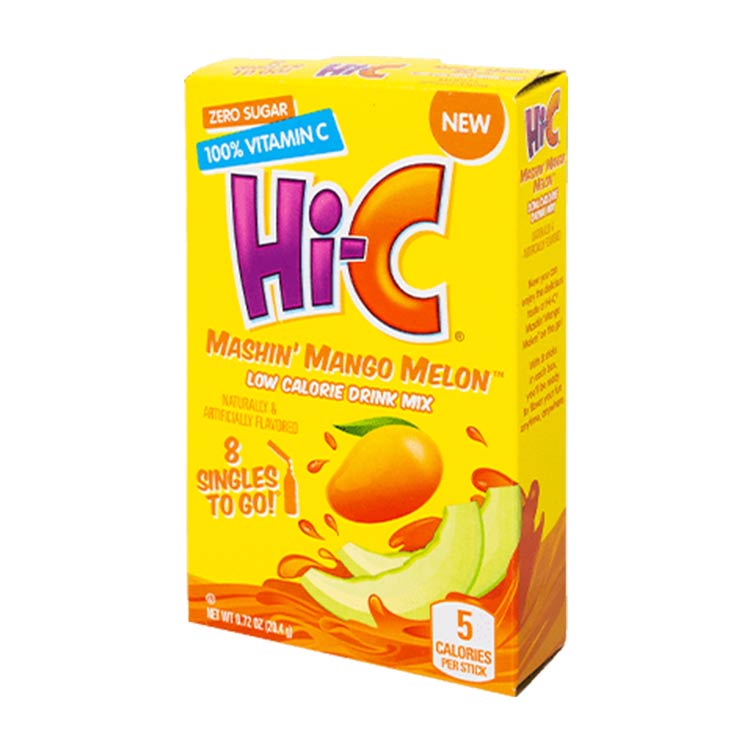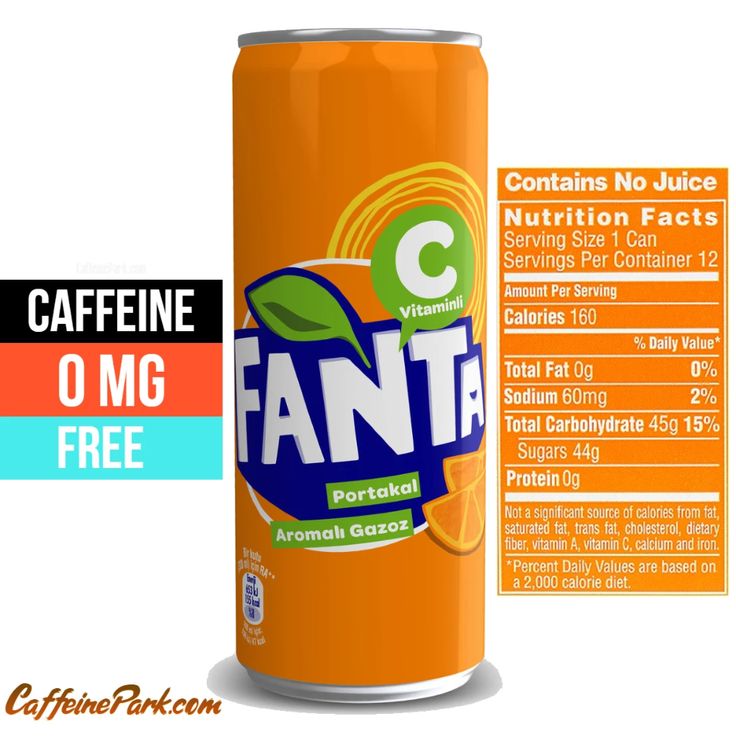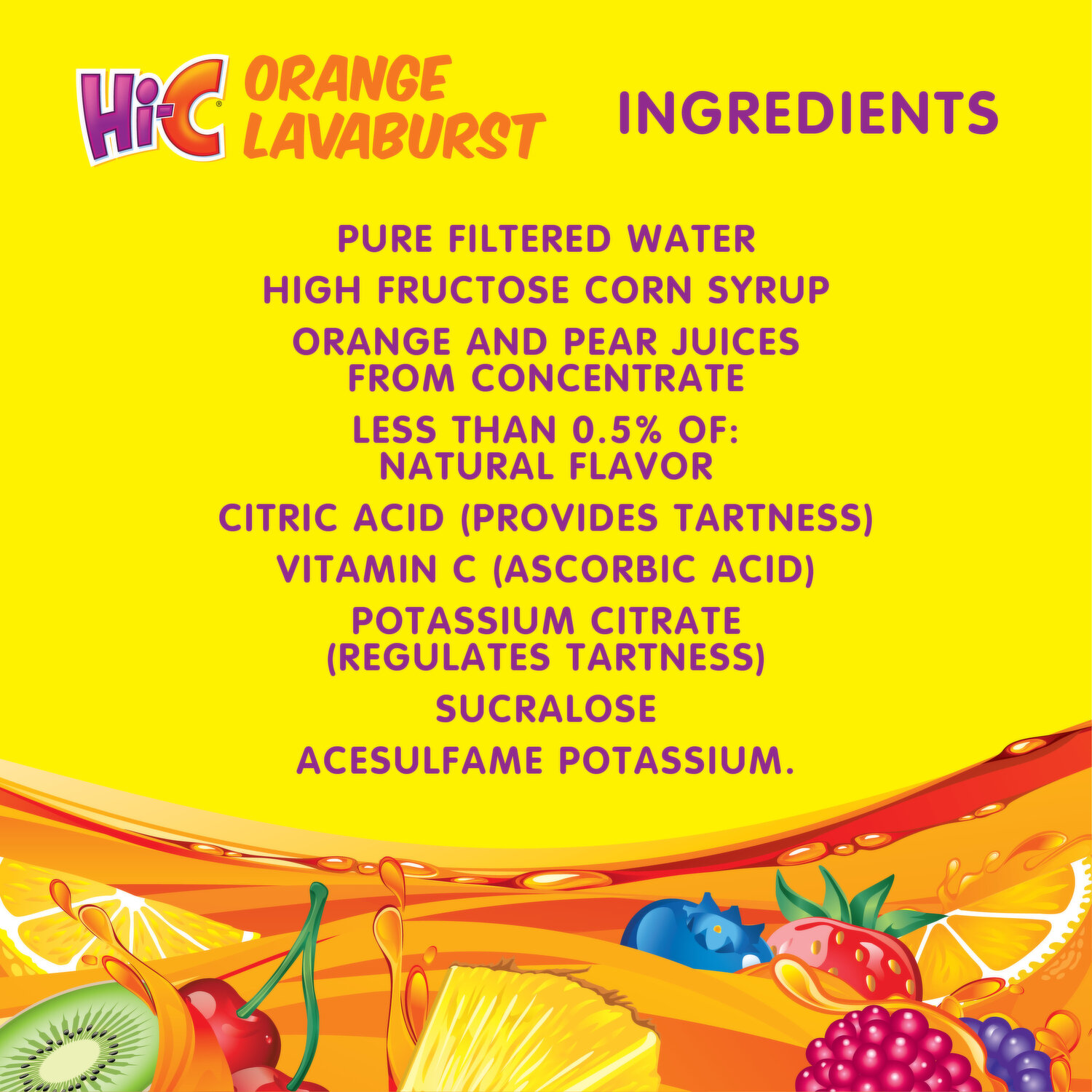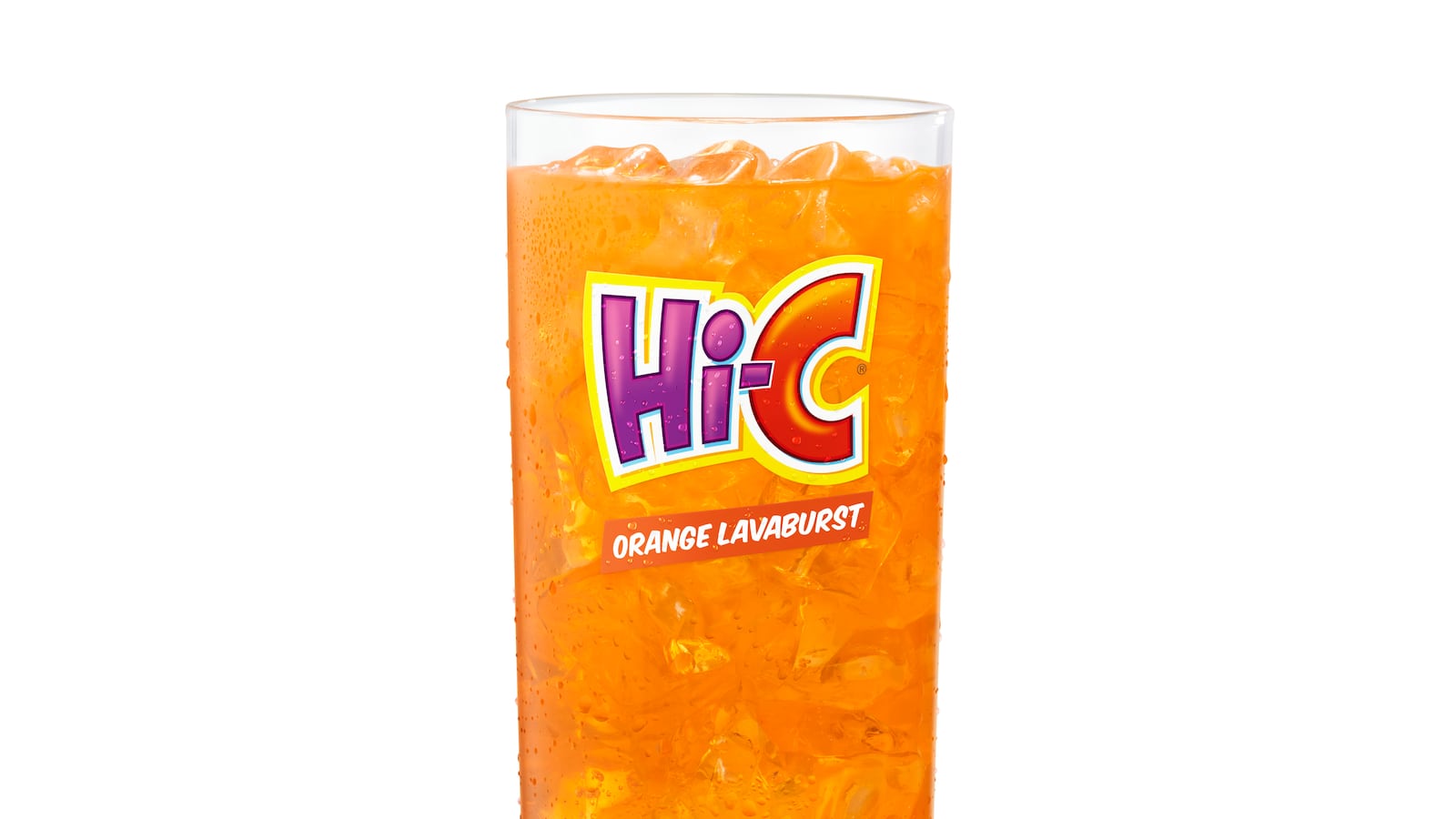High-C Orange Drink’s Overview
Renowned for its vivid citrus taste and reviving taste, Hi-C Orange has long been a favourite among both children and adults. First debuted in 1946, this famous drink soon became a mainstay in many homes. Hi-C Orange is still a go-to beverage whether consumed from a juice box during lunch or from a cooler at birthday celebrations since it quench thirst without overpowering the palette.
Main traits of Hi-C Orange:
- Taste: Sweet and zesty, appealing to many different age ranges.
- Variations abound in forms including cans, pouches, and juice boxes.
- Enhanced with vitamin C, nutrient boost helps with regular diet.
Examining Caffeine Presence: Goals
Consumers in the health-conscious society of today are growing more worried about caffeine use, particularly with relation to beverages. Many parents search for clear, succinct information since many of them worry about the caffeine level in the beverages their children drink.
This look examines the caffeine content in Hi-C Orange seeks to:
- Clear Misconceptions: Talk about frequent misconceptions about caffeine level.
- Encourage informed decisions among consumers on their beverage use.
- Emphasize suitability for this project. Stress Hi-C Orange as a great and fun choice for people avoiding stimulants.
Knowing that Hi-C Orange is a caffeine-free beverage will help customers to appreciate its distinctive taste with confidence.
Knowing Coffee Characteristics and Effects
Natural stimulant present in many different plants, caffeine is well-known for giving a brief energy boost. Mostly working on the central nervous system, it increases alertness and lessens tiredness. Many people depend on coffee to start their day or stay concentrated during extended working hours. Still, it’s important to understand its dose-dependent properties, which could include:
Positive effects:
- more awareness and wakefulness
- improved cognitive ability
- transient boost of mood
Negative effects:
- jitters or anxiety from too much consumption; disturbance of sleep patterns
- Sensitive people’s elevated heart rate
While most individuals love coffee in moderation, knowledge of one’s tolerance is essential to prevent negative effects.
Caffeine Sources in Drinks
Though it is somewhat common in the beverage industry, not all beverages include caffeine. Its typical sources can be quickly summarized here:
- Coffee is the main source; one 8 ounces has about 95 mg of caffeine.
- Tea: Usually ranging in color from green to black, 30 to 70 milligrams per 8 ounces
- Soda: Many soft drinks—including colas—have 20–50 mg per 8 ounces.
- Often heavy in caffeine, energy drinks range in mg from 50 to 160 per serving.
Though popular, many customers—especially parents looking for substitutes for children—are appreciative of caffeine-free choices like Hi-C. This lets families savor a good drink free from the stimulating properties connected with caffeine.
Hello Orange, Hi-C List of ingredients in Hi-C Orange
For those who grew up loving it, Hi-C Orange is prized for its cool, sweet, and tangy taste that triggers memories. Knowing its components lets people choose their beverages with knowledge. Hi-C Orange’s main component is:
- Water: The fundamental hydrating element.
- One sweetener with that classic sugary taste is high fructose corn syrup.
- The fundamental flavoring agent providing the fruit punch people adore is concentrated orange juice.
- Natural Flavours: Extracts accentuating the fruity core.
- Added for tartness, citric acid improves the taste character generally.
- Ascorbic Acid, sometimes known as Vitamin C, pays tribute to the drink’s original health-conscious goal.
- Ingredients include sodium benzoate and potassium sorbate aid to preserve freshness over time.
- Yellow 5 and Yellow 6 color agents guarantee a striking and pleasing look.
Hi-C Orange appeals to both children and adults since this mix of ingredients not only makes it a delicacy but also a supply of vitamin C.
Common Additives Found in Fruit Juices
Investigating fruit drinks reveals some frequent ingredients meant to improve shelf-life and taste. among these are:
- Often used to sweeten drinks are sugar and corn syrup.
- Found in many fruit drinks to offer acidity is citric acid.
- Preservatives help to keep quality and stop deterioration.
- Artificial colors are meant to improve aesthetic appeal.
Although chemicals can improve taste and shelf life, it’s advisable to reduce intake given possible health consequences like heavy sugar intake. Selecting businesses such as Hi-C that give a fruit-flavored, caffeine-free experience lets customers savor sweet drinks free from the jitters.
Caffeine in Hi-C Orange: Research on Levels
Regarding well-known drinks like Hi-C Orange, one often wonders about the caffeine level. Luckily, a lot of studies demonstrate that Hi-C Orange, in all its variants, is absolutely caffeine-free. This is important especially for parents searching for healthy choices for their kids or people avoiding caffeine for medical reasons.
Scientific research have used several testing techniques like Enzyme-Linked Immunosorbent Assay (ELISA) and High-Performance Liquid Chromatography (HPLC) to thoroughly examine beverage components. Hi-C Orange is a reliable choice since all testing show it to have no caffeine. This caffeine-free quality guarantees that customers may enjoy its sour taste without having the jitters sometimes connected with caffeinated beverages.
Labeling and consumer awareness
Making wise decisions in the modern health-conscious environment depends on consumer knowledge of caffeine content. But false beliefs about the caffeine content in beverages like Hi-C Orange could cause unneeded uncertainty. Many individuals wrongly believe that because of their sugary taste or because they offer a quick energy boost, all fruit-flavored drinks have caffeine.
Dealing with these misunderstandings depends much on labeling. Hi-C Orange makes clear its caffeine-free character, therefore enabling customers to quickly identify this important feature. Educational initiatives include clear labeling and informative advertisements about ingredients and nutritional values can empower consumers to choose sensibly, so guaranteeing that they enjoy their preferred drinks without any caffeine-related problems and so help to further ease any fears.
Consequences for Health: Caffeine’s Impact
Consumed often as a stimulant, caffeine offers both benefits and drawbacks for health. Particularly during long workdays or study sessions, many people depend on caffeine’s energy-boosting qualities to keep awake and focused. It is important to understand, nevertheless, that caffeine can also cause unwelcome side effects.
Among the often occurring consequences of caffeine are:
- It can keep you alert and improve concentrate.
- Many find that coffee momentarily improves their mood.
- Caffeine might cause sensitive people to feel jitteriness or anxiousness.
- High consumption can disrupt sleep patterns, particularly in cases where consumed later in the day.
Knowing these impacts helps people decide on their caffeine use more wisely.
Health Advice About Coffee Consumption
To lower hazards and enhance benefits, health professionals advise moderation of caffeine intake. This is some broad rules:
- Adults: Try to consume about 400 mg of caffeine daily—that is, roughly four cups of brewed coffee.
- Children and teenagers have smaller bodies and greater susceptibility to the effects of caffeine, hence guidelines call for much lower limits, about 100 mg daily.
- Pregnant women should limit their daily caffeine intake to less than 200 mg to reduce possible hazards to fetal development.
On the other hand, Hi-C’s caffeine-free character offers a refreshing, pleasant drink alternative devoid of the health issues related with caffeine intake. Families, children, and those conscious of their caffeine intake will find this very appropriate.
Other Drinks; Alternatives Free of Coffee
The beverage departments are full of interesting choices for individuals looking for reviving, caffeine-free substitutes for Hi-C Orange. There are many of options for those who are caffeine-sensitive, parents trying to cut their children’s intake, or anyone choosing a caffeine-free way of life. Here are a few well-known substitutes:
- A nostalgic favorite, Kool-Aid is a vibrant powdered drink mix in several fruish tastes. To have a cool beverage, just stir with water and sugar.
- Capri Sun is Fun and portable, Capri Sun fruit juice pouches include a range of tastes devoid of caffeine. Both lunchboxes and gatherings call for them first choice.
- Taste and vitamin C are combined in this citrus-flavored drink Sunny D, which is a tart pleasure devoid of caffeine controversy.
- Target: Tampico Tampico, a reasonably priced fruit beverage, comes in vivid colors like Citrus Punch and Tropical Punch ideal for big events.
These caffeine-free choices guarantee that you can have a great, sweet drink without of the adverse effects that caffeine can bring.
Comparison with Hi-C Orange
When one compares these substitutes to Hi-C Orange, various parallels and contrasts show themselves. Although all choices are free of caffeine, Hi-C distinguishes itself with its unique taste character and nostalgic element. Here’s a quick comparison:
| Drink | Flavor Profile | Caffeine Content | Vitamin C: |
| Hi-C Orange | sour orange with a trace of sweetness. | Indeed | Great |
| Kool-Aid | varied fruity tastes exist. | Indeed | Moderate |
| Capsri Sun | Fruit Juice Combining | Indeed | In moderation |
| Sunny D | Citrus-sweet tang | Yes | High |
| Tampico | vivid tropical tastes | Yes | Limited |
In the end, these substitutes give a range of fruish tastes to suit different.

Leave a Reply